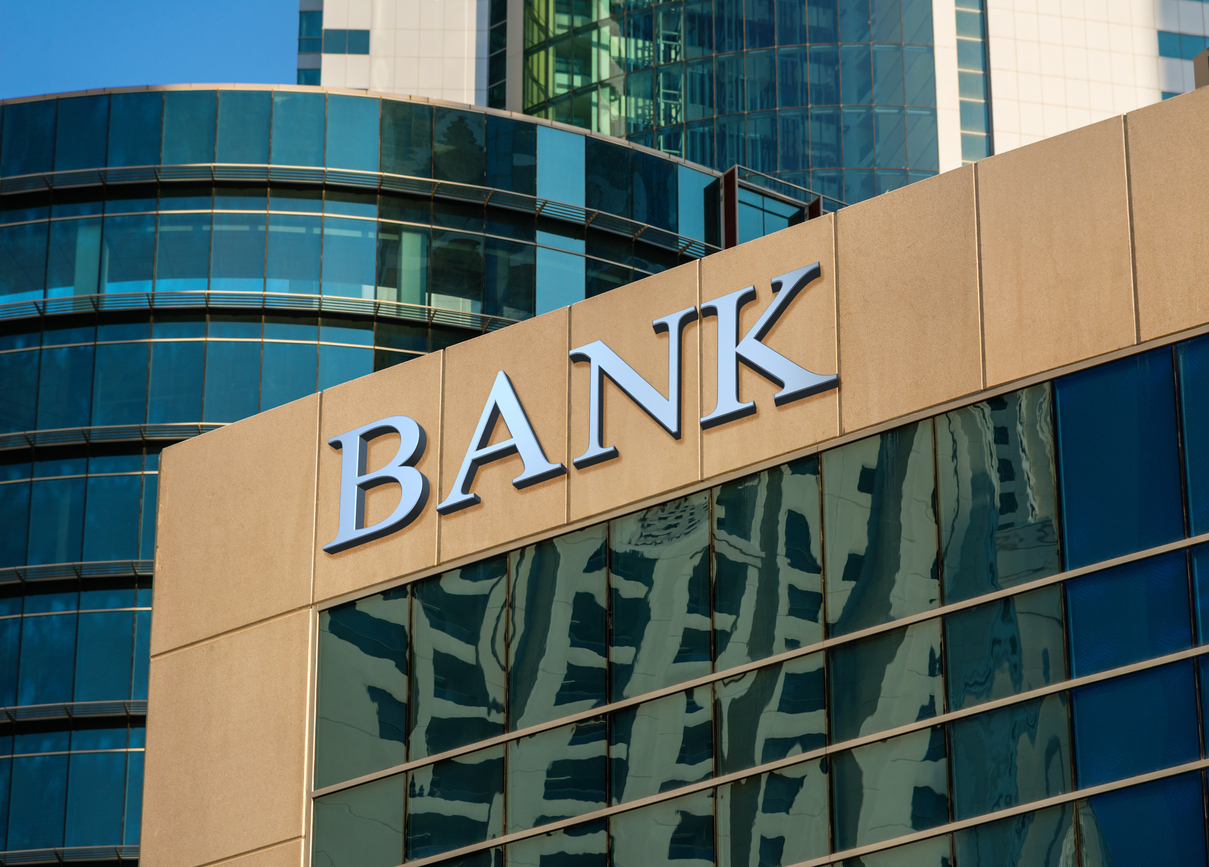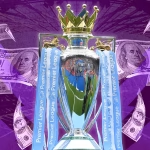Cautious Optimism Returns to US Banks in H2 2025
After a shaky start to 2025, US banks are beginning to see glimmers of stability. The mood isn’t euphoric, but it’s noticeably more optimistic than the anxiety that defined the spring. With tariffs still clouding the economic horizon, loan growth tepid, and borrowers navigating a high-interest environment, banks are bracing for what could be a better second half of the year.
Loan Growth Is Still Weak—But There’s Movement
Bankers are seeing signs of life. While loan growth remains sluggish—up just 0.6% in Q1, the slowest in over three years—there’s hope that the second half of 2025 could bring a modest turnaround. This optimism follows a rough spring, when Trump’s aggressive tariff rollout stalled business plans and cast doubts on economic stability.
Now, as trade talks drag on but haven’t yet exploded into chaos, banks say some clients are regaining confidence.
“We’re not out of the woods here,” said Scott Siefers, an analyst at Piper Sandler. “But it has a better feel than we’ve had in a while.”
Bill Rogers, CEO of Truist Financial, noted that more businesses are inching forward: “Clients are still cautious, but they’re gaining a little more clarity every day.”
Borrowers Are Holding Up—for Now
Despite concerns, most consumers and businesses are keeping up with loan payments. The percentage of delinquent consumer debt was 4.3% as of March—higher than 2021’s stimulus-fueled lows, but right in line with 2019’s pre-pandemic levels.
Auto and credit card delinquencies, which had been rising, have leveled off. Some stress is evident in trucking companies and commercial real estate—especially offices in overbuilt markets—but overall, the situation is stable.
Daniel Mangrum of the New York Fed flagged that the reintroduction of student loan obligations has pushed up late payments in that category. Still, there’s no widespread credit crisis looming.
Banks Are Prepared for the Worst
Even if the economy weakens, banks have stockpiled reserves and capital to weather it. Since 2022, they've added to these buffers in anticipation of a possible downturn. So far, the feared recession hasn’t hit—but the preparation continues.
“Both capital and reserves—the true loss cushion—are very healthy today,” said Terry McEvoy of Stephens Inc.
Moody’s senior credit officer Megan Fox says that while bank losses have ticked up, “they’ve remained well below historical averages.” And if a slowdown does hit, the Federal Reserve’s recent stress tests suggest big banks are ready.
Those tests modeled a scenario with 10% unemployment, a 50% drop in stocks, and a 33% fall in home prices—and the largest banks still passed.
🔍 Curious how celebrity estates are managed? Don’t miss our deep dive into Paris Jackson’s $150M net worth and complex inheritance from her father, Michael Jackson.
People Also Ask
Are banks worried about a recession?
Banks are cautious but not panicking. They’ve built large reserves and passed Fed stress tests. While loan growth is slow, they believe they’re well-positioned to handle a downturn.
Why is loan growth so weak?
High interest rates and trade uncertainty have kept both consumers and businesses on the sidelines. Many projects are delayed, not canceled, which gives banks hope that growth will resume.
What kinds of loans are most at risk?
Commercial real estate, especially offices, and some consumer auto and credit card debt show stress. But the broader loan book remains solid, with delinquencies at manageable levels.
How do banks make money if people aren’t borrowing?
When loan demand is soft, banks rely more on fee-based services, cost-cutting, and investment income. But slower loan growth does pinch profits, making economic stability all the more important.
Related Article: Markets Find Cautious Optimism as Tariff Deadline Gets a Last-Minute Extension
The Bottom Line
US banks may not be celebrating just yet, but they’re also not bracing for disaster. The cautious optimism seen in recent weeks is rooted in stronger capital positions, signs of borrower resilience, and the hope that trade chaos won’t derail everything. If the economy continues to find its footing, banks could play a key role in supporting a broader recovery.
The fog hasn’t cleared completely—but it’s lifting. And for now, that’s enough to move forward.














